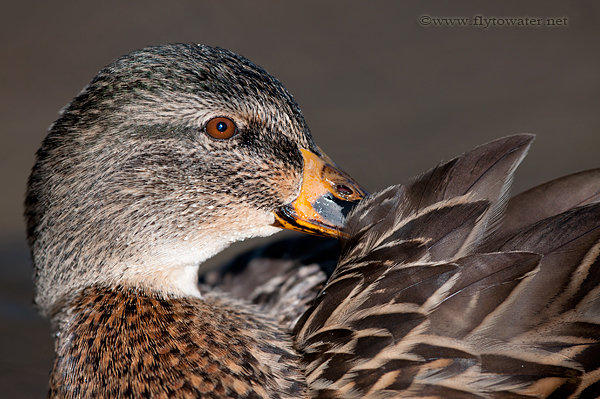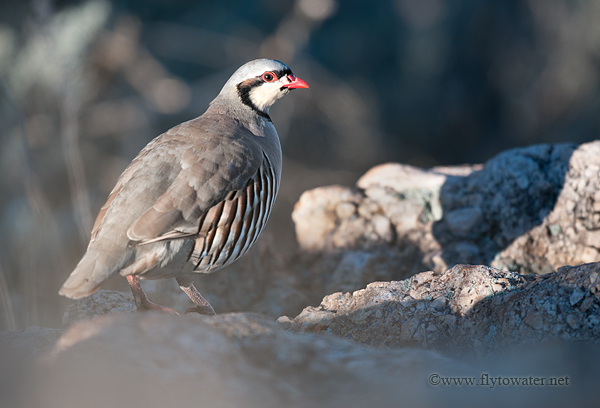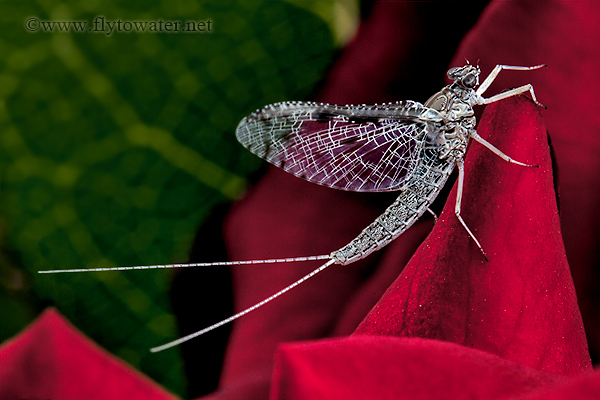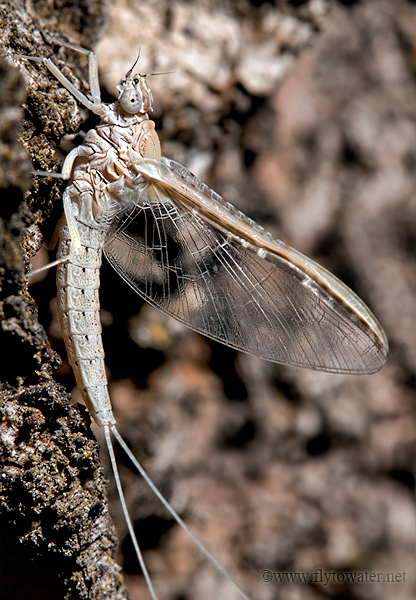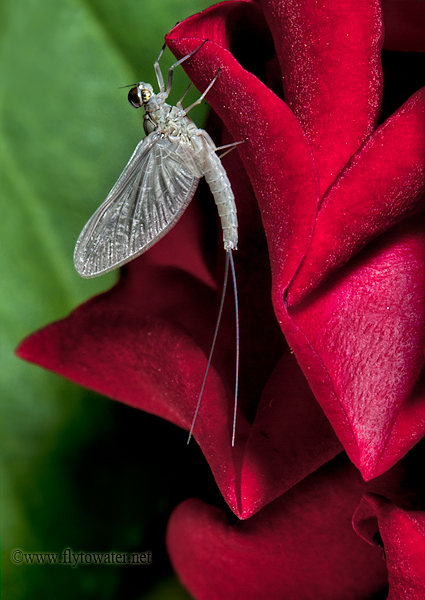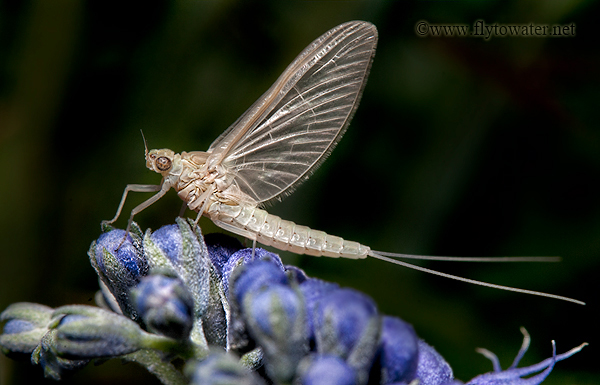- To dress or smooth oneself - to primp.
- To groom
- A tactic used by the female in a dating arrangement to grievously delay commencement of an evening's planned activities - to lag.
I couldn't help but notice in the process of capturing this image of a preening mallard hen that a rather impatient-looking drake was paddling back and forth a short distance away. In the land of ducks, he was essentially in the formal entry checking his watch every 30 seconds because his reservations at the corn field clear across town were in 10 minutes. Of course he had shown up half an hour earlier at the agreed upon time, but had failed to take into account that preening can only begin upon his arrival. Few things, after all, are more deflating to a lady than a stale preen job.
I was fortunate to have this hen swim very near to me during a window of wonderful light on Saturday. The distance to her from the end of my camera lens was perhaps 6 feet. Shooting at 8x optical magnification, what you see here filled the frame.
After she was all primped:







